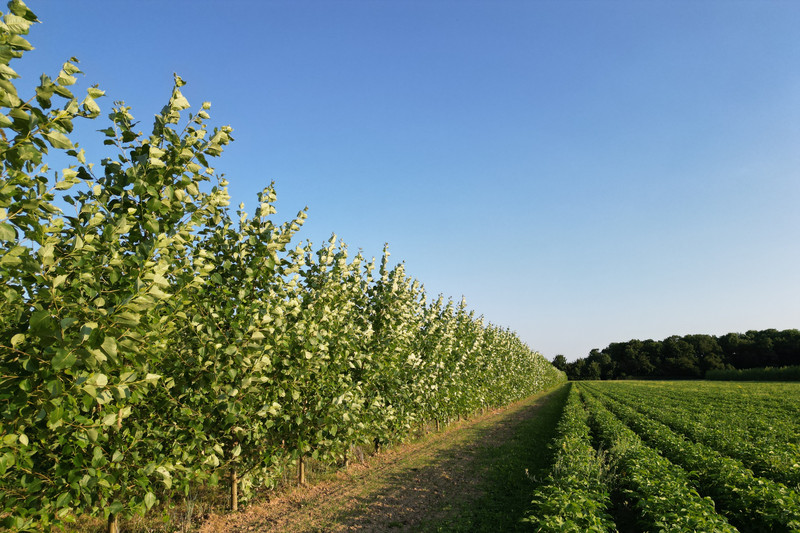Bringing Trees to the Field: VIVO Carbon

Agricultural areas are often "green deserts" today: huge monocultures, not a single shrub or large-growing shade provider for miles around. Yet trees could help to make our fields ecologically and economically sustainable. VIVO Carbon relies on agroforestry, the targeted planting of woody plants on agricultural land. Photosynthesis binds carbon in the long term, and valuable habitats for numerous animal and fungal species are created on and around the trees.
By 2030 at the latest, when the mandatory offsetting of CO₂ emissions comes into force for large economic sectors in the EU, serious offers in this area will be in high demand. In addition, the Nature Restoration Act obliges member states to revitalize at least 20 percent of severely damaged ecosystems by this deadline. However, many initiatives have so far failed due to technical, legal or financial hurdles. "In my opinion, the systemic approach is crucial in order to give momentum and growth to the spread of agroforestry systems and to contribute to the recovery of soils, even in conventional agriculture," emphasizes project manager Tobias Leiber. "The technical term 'agroforestry' conceals the great importance of the return of trees to the agricultural landscape, which goes far beyond the positive climate effect."
In order to spread the concept throughout Germany, VIVO Carbon is pursuing a two-pronged approach: on the one hand, a legally compliant CO₂ certification system is being developed in accordance with the DIN standard, which should open up new sources of income for farmers through the sale of emission certificates. On the other hand, the interdisciplinary team led by Managing Director Michael Weitz is already taking on planning and financing through donations or voluntarily acquired CO₂ certificates and the implementation of corresponding projects for interested farms. In 2024 alone, 12,000 trees were planted, creating pioneering pilot plants. By mid-2025, the total number grew to about 22,000 planted trees over an area of approximately 125 hectares.
